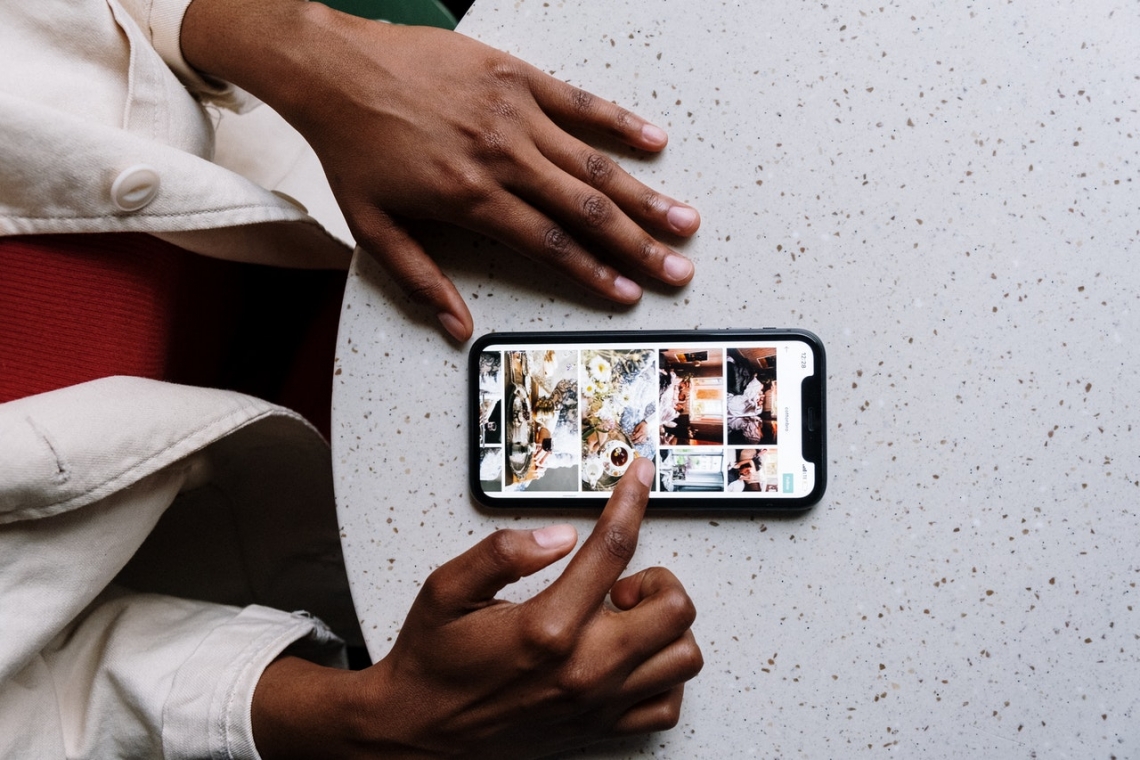
Images are an excellent tool for transforming web pages and making them visually appealing. They’re ideal for showcasing your products and grabbing the attention of website visitors. High-quality, relevant images are instrumental in boosting audience engagement on your website as well.
It isn’t surprising that images make up nearly 20% of a web page’s total weight.
But you can only reap the awesome benefits of images when they seamlessly integrate into your SEO strategy. In this blog, we’ll outline a few effective image SEO tips to help you attract more organic website traffic. But let’s first understand why image SEO is so important after all.
Image SEO: Understanding the Significance
Adding images to your website doesn’t just help grab eyeballs. Well-optimized images go a long way to help search engines understand the content and context of a web page. They help your website grab a prime spot in relevant search engine results. You even get to rank higher on search results for Google Images.
Also, image SEO ensures that your website is accessible to users with visual impairments. That, in turn, makes your website compliant with the Americans with Disabilities Act (ADA) and protects your business from expensive lawsuits and penalties.
Additionally, when your web images are optimized, they enhance the overall user experience and boost audience engagement. It further improves metrics, such as time-on-site and bounce rate, and skyrockets your website’s search engine ranking.
Getting Started with Image SEO: 4 Important Tips
Image SEO isn’t just about uploading a few glitzy stock images on your website. If you want your website images to rank higher in search engine results, you must leverage the latest image SEO best practices.
Here are a few handy tips to help you get started:
1. Use Unique Images
Have you noticed how every other website seems to feature the same type of images with lookalike characters? That’s because most organizations use stock images from various free and paid image libraries.
While there’s nothing wrong with using stock images, they can affect audience engagement and brand image. That’s because your audience has likely already seen these graphics and photographs on a zillion other websites across the internet.
That’s why it is wiser to use unique images that are relevant to your product and niche. Your best bet is to hire vetted professional photographers from a reliable marketplace, such as JoinCapture.com.
A professional photographer will click visually attractive photographs of your products, office premises, and employees. Apart from your website, you can use these pictures across a wide range of marketing channels, including social media, email, paid advertising, etc.
Unique, relevant images aren’t just useful for making your website more eye-catching. They go a long way to improve user experience and keep website visitors hooked to your content, thus enhancing search engine rankings even further.
2. Add Relevant Alt Tags
An image alt tag is an alternate text that’s displayed by a browser when it fails to load the image on a web page. But the purpose of alt text isn’t just to enhance the user experience. Relevant, keyword-rich, and meaningful alt tags give your web pages more SEO power.
They help search engine spiders understand what an image is all about. This, in turn, gives them an idea about the content of the web page. They even help your website images rank in relevant image search results.
Make sure you draft a descriptive alt text that explains everything being shown in the visual. Also, include the target keyword when relevant. Don’t try to stuff the alt text with too many keywords. Avoid using phrases, such as “image of”, “photo of”, “image showing”, etc.
A well-written alt text is great from an accessibility perspective as well. It helps users with visual impairments make sense of your content using screen readers. This, in turn, boosts website engagement metrics and helps attract more organic traffic.
3. Include Images in Your Sitemap
A sitemap is precisely what it sounds like - a map that guides search engines spiders through your website. It helps them navigate various web pages and make sense of your website architecture.
Search engines won’t find and index your images unless they’re part of the sitemap. You can either add image files to your existing sitemap or create a new sitemap for images. You can even use a plugin, such as Yoast SEO, to simplify the sitemap creation process.
4. Continue to Follow On-Page SEO Best Practices
If the rest of your web page isn’t optimized, even the most original images with top-notch alt tags will fail to drive traffic. Make sure you use standard on-page SEO techniques, such as keyword research and content optimization. Also, don’t forget to ensure that your web pages are fast, easily navigable, and secure.
Harness the Power of Image SEO
When it comes to SEO, images often take a backseat amidst content and keywords. But judicious use of images will help bolster your SEO strategy. Use high-quality original images with relevant alt tags, and add them to the sitemap. Also, make sure the image files are compressed to prevent your website from slowing down.